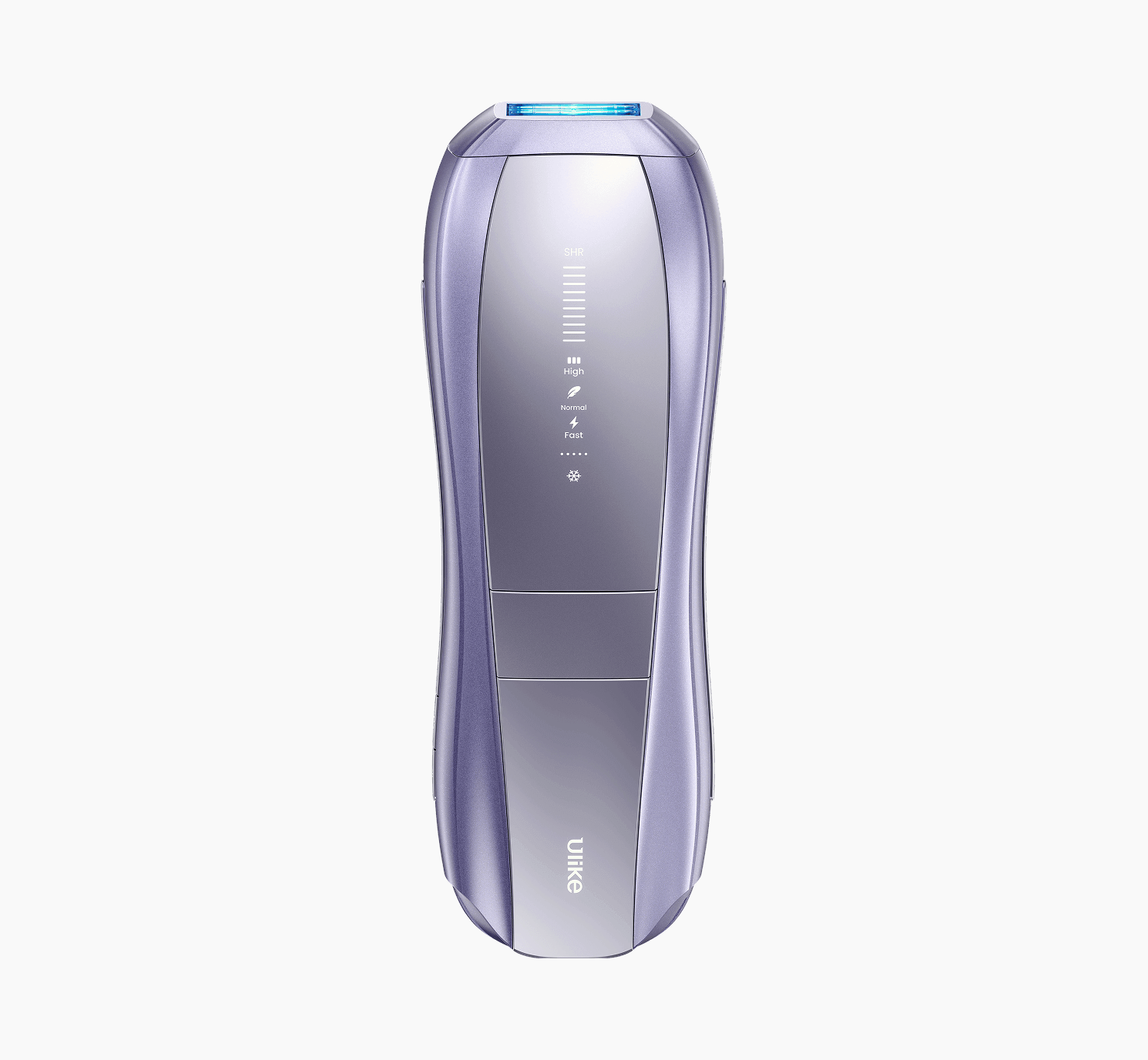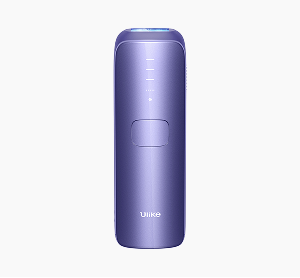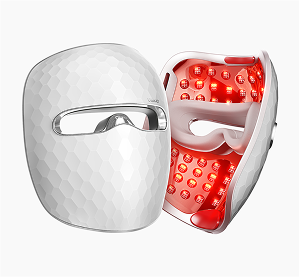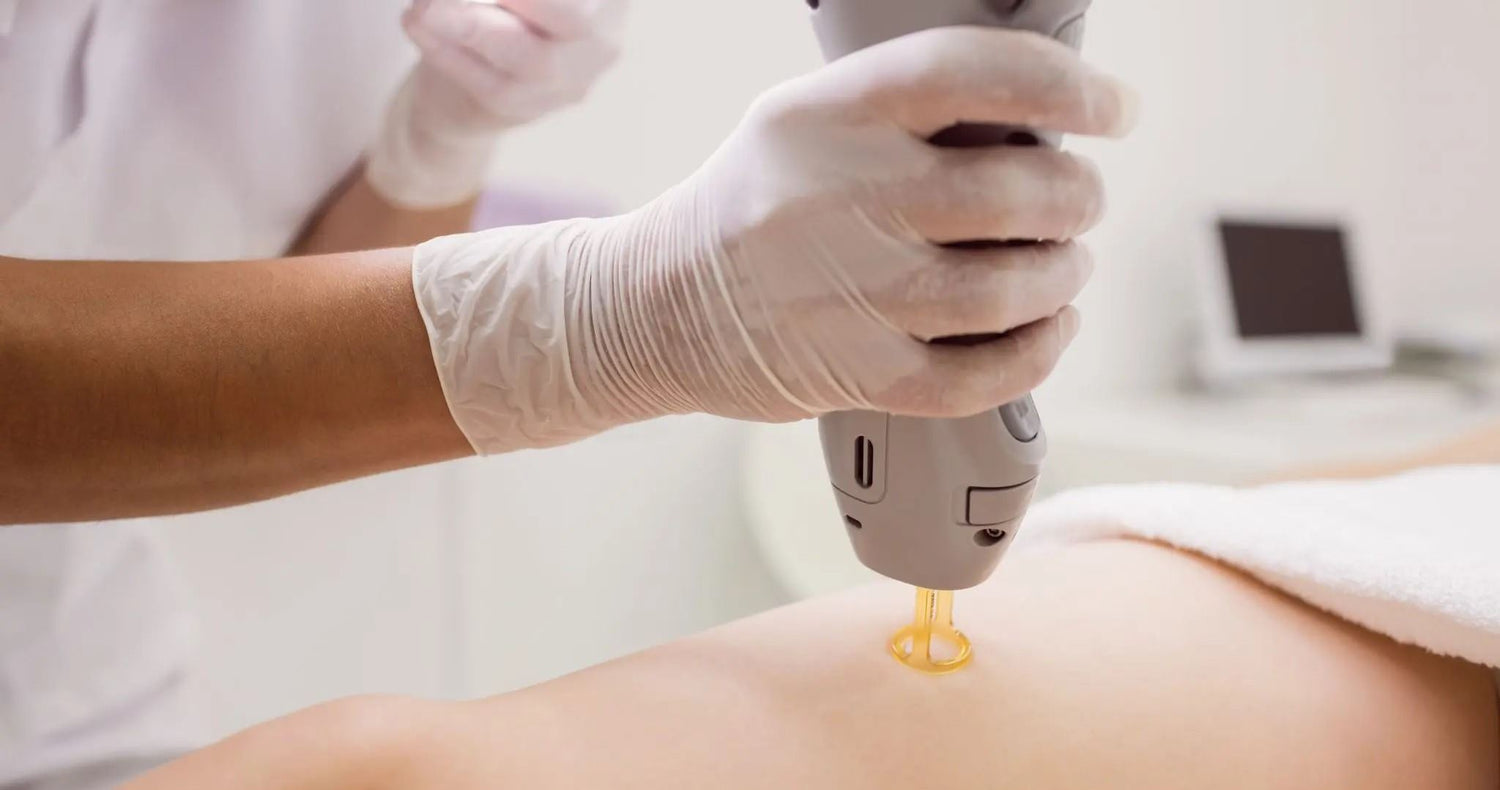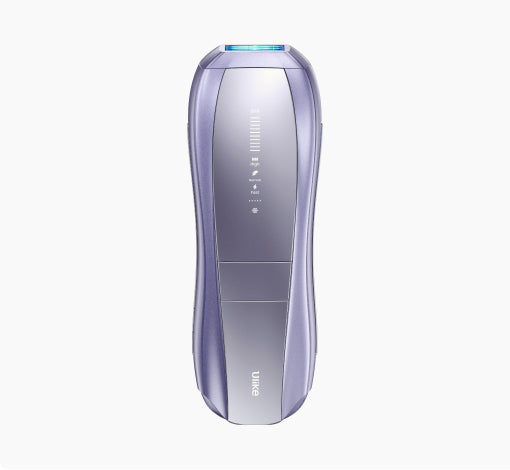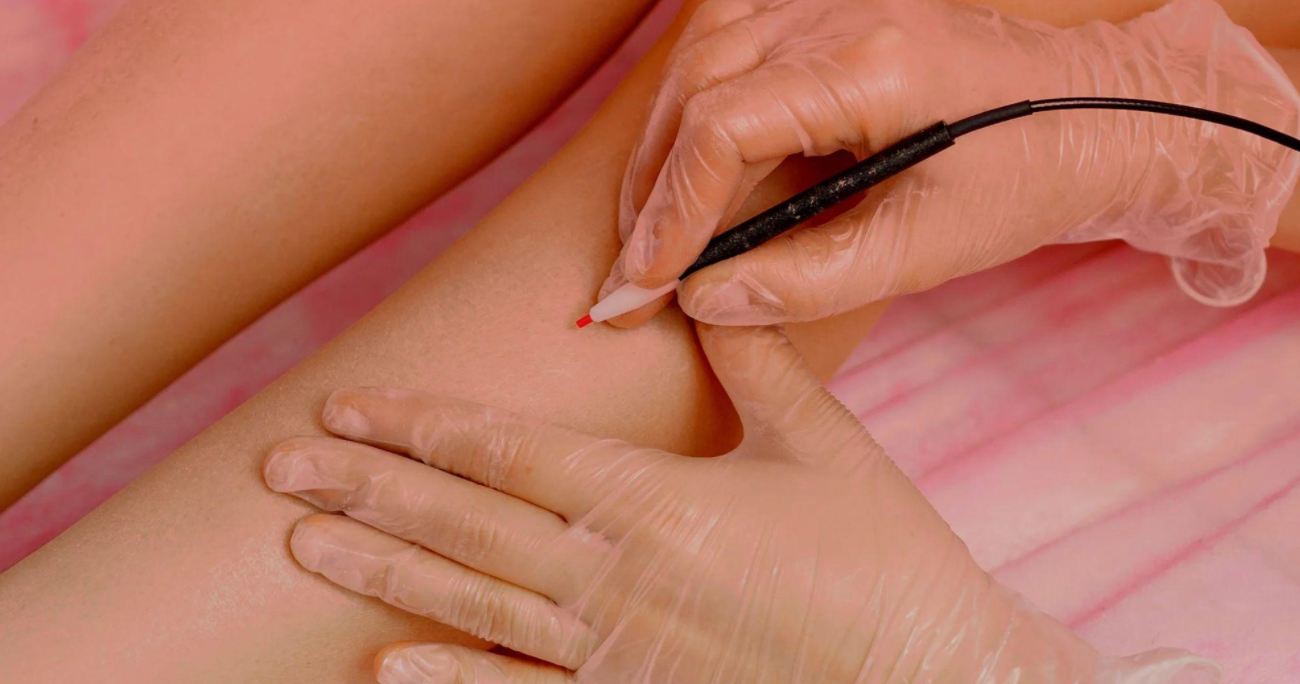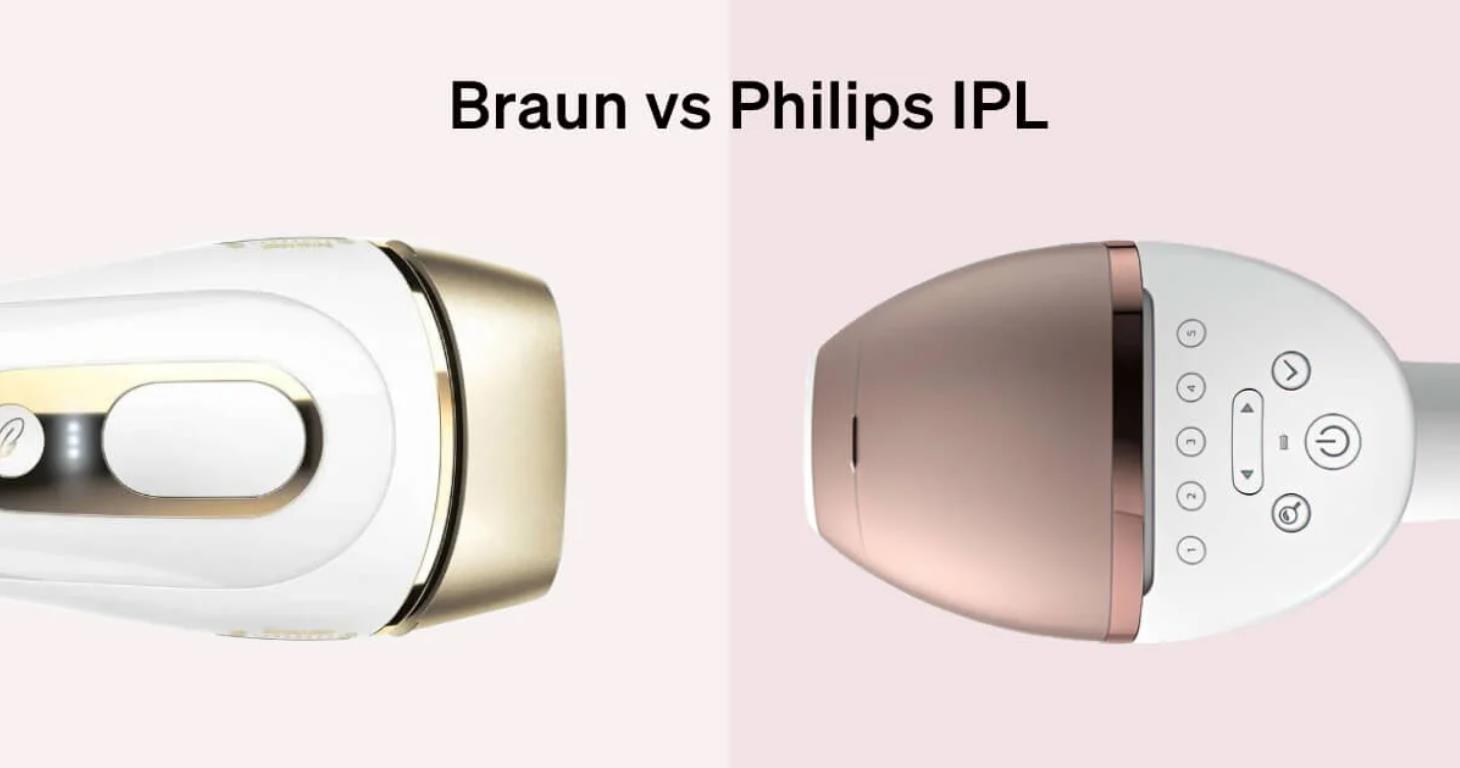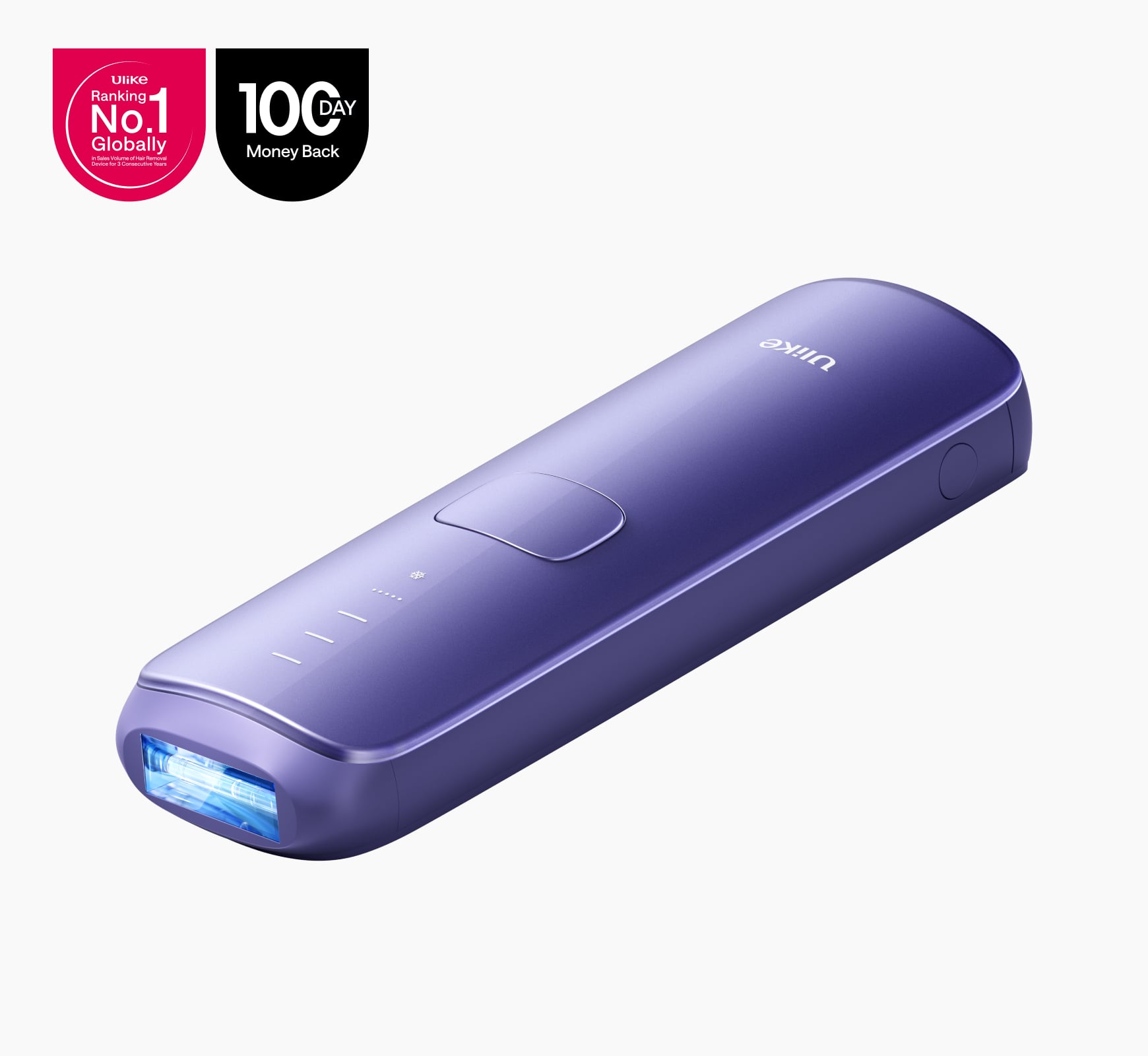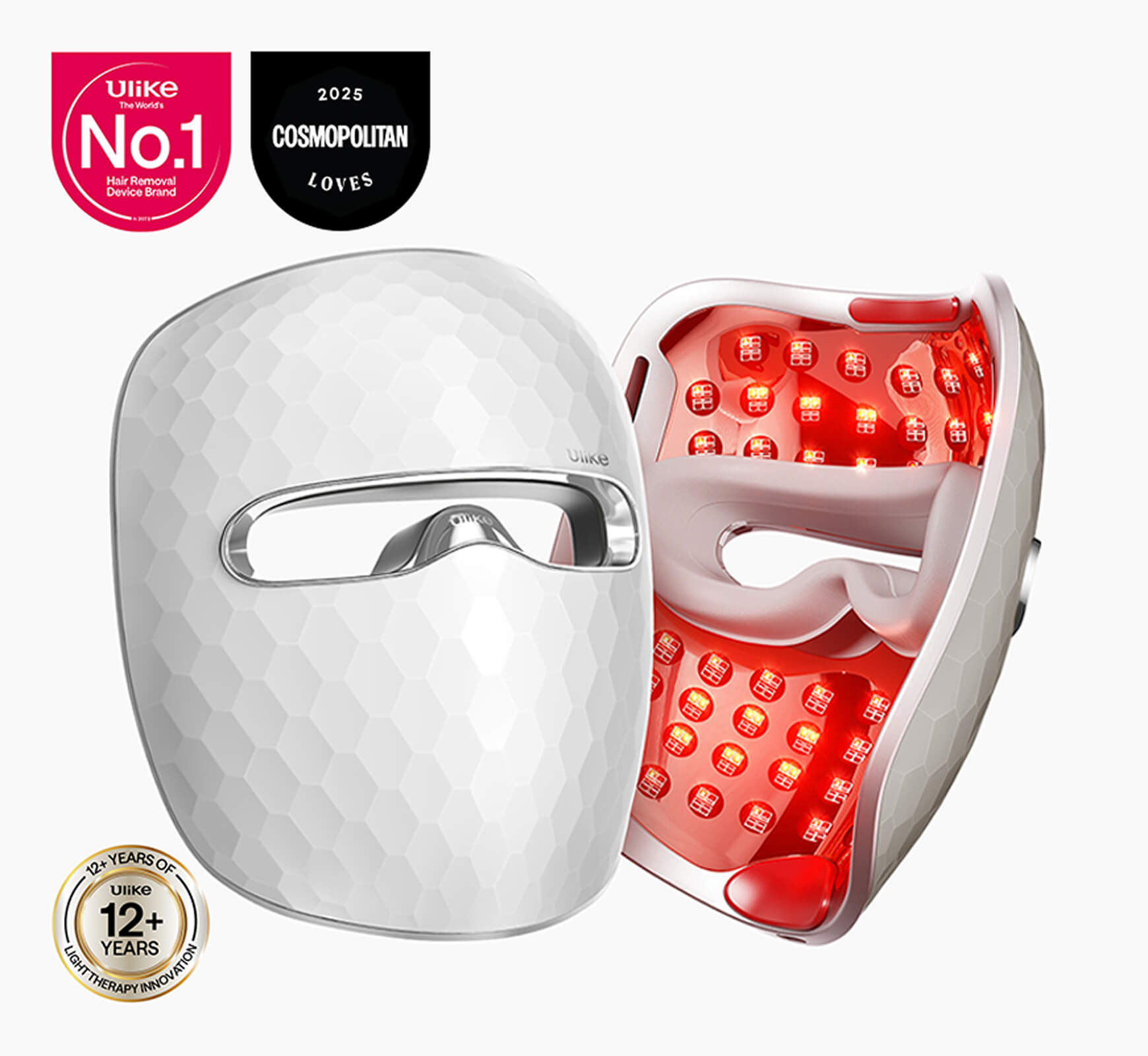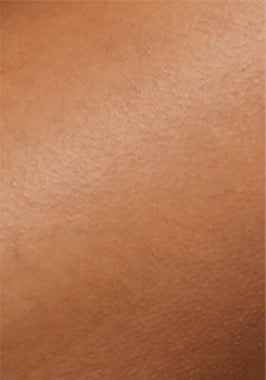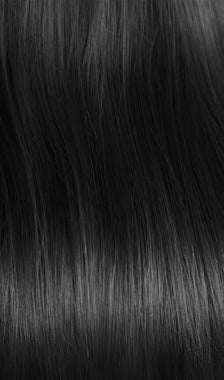A laser hair removal patch test is a simple procedure done before one commits to a session of laser hair removal treatment. This assessment is done on a small area of the skin that is getting treated. Its purpose is to check what laser precision is best suitable for the client’s skin and hair type and see if the treatments have any side effects.
A patch test helps give the client a small insight into how the treatment process happens and feels on their skin. It is advisable to take a patch test before fully committing as this will help the practitioner and client undergo a hassle-free laser hair removal treatment.
Table of Contents:- Part 1: What Is a Patch Test for Laser Hair Removal?
- Part 2: Do You Need a Patch Test for Laser Hair Removal?
- Part 3: Laser Hair Removal Patch Test Reaction
- Part 4: How to Prepare for Laser Hair Removal Patch Test?
- Part 5: Conducting Patch Test- Steps
What Is a Patch Test for Laser Hair Removal?
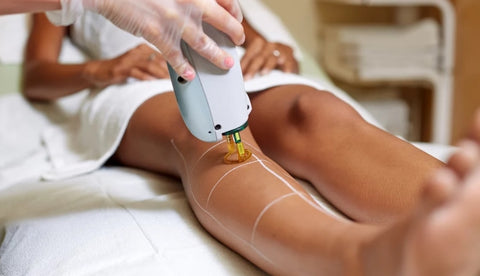 Laser hair removal patch tests are conducted a few days before the full treatment to assess what is best suitable for the skin and prevent further complications. Depending on the areas the client desires to get treated, patch tests are conducted. Different areas have separate patch tests differently as skin and hair type varies.
Laser hair removal patch tests are conducted a few days before the full treatment to assess what is best suitable for the skin and prevent further complications. Depending on the areas the client desires to get treated, patch tests are conducted. Different areas have separate patch tests differently as skin and hair type varies.
During the procedure, the technician uses different precision laser beams to check what is best suitable for the treatment. It helps in customising the laser treatment according to the client’s skin type, hair type, and skin reaction to the treatment. Undergoing this procedure can undoubtedly yield the best results.
Do You Need a Patch Test for Laser Hair Removal?
Yes, it is highly advisable to undergo a patch test before laser hair removal treatment as it can prevent complications post-treatment. For those with sensitive skin and past or ongoing skin issues taking a patch test can make a huge difference as it perfectly assesses whether or not the treatment is suitable.
Why Is Patch Test Vital?
- Prevents Complications: Any side effects of the treatment will show after the patch test. This helps both the practitioner and client understand the complications the procedure holds and alter the treatment accordingly.
- Helps Customise The Treatment: Skin and hair types not just vary from individual to individual but also from one body part to another. A patch test will help analyse what's best for the desired area and customise the treatment accordingly.
- Gives Insight Into The Treatment: Through this, the client gets an understanding of what the entire procedure would feel like and decides if they want to go further with this or not.
Laser Hair Removal Patch Test Reaction
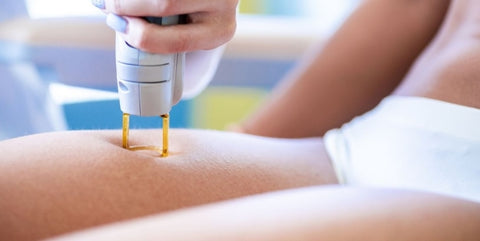 The patient can notice these reactions after a path test:
The patient can notice these reactions after a path test:
1. Mild swelling
This usually shows up 3 to 4 minutes after the procedure. A cold compress would help in treating the swelling.
2. Redness on the skin
Due to heat produced by the laser beam, skin gets irritated and shows redness. This should usually disappear within a few minutes. Using aloe vera gel should help reduce the redness.
Severe pain, bumps and blisters are a sign of serious side effects or complications. It is advisable to contact the technician and get the area treated.
How to Prepare for Laser Hair Removal Patch Test?
- Book the session 48 hours before the full treatment: This will help understand if the treatment holds any side effects and help gauge whether one wants to undergo the treatment or not.
- Trim before the patch test: Trimming the area before the procedure can smoothen the process and prevent any hindrances. This also helps the technician understand the hair type.
- Do not wax or pluck: The root of the hair is crucial for laser hair treatment to work effectively. Waxing or plucking hair will make the treatment no use.
- Avoid certain medications: Don’t consume ibuprofen 7 days before the patch test.
Conducting Patch Test- Steps
-
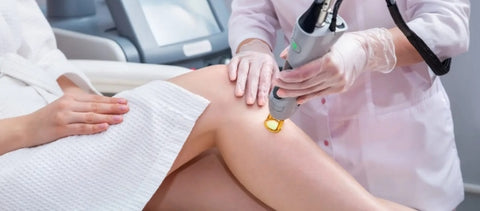 The technician assesses the hair and skin type and marks up the area suitable for a patch test.
The technician assesses the hair and skin type and marks up the area suitable for a patch test. - Then, they shave the hair present in the area and apply a cooling gel.
- The laser beam is adjusted from lower levels of precision to higher levels as per the skin and hair type of the client.
- The patch test is conducted and the client is advised to look out for any adverse side effects that will show up in the following 2 days.
Patch Test Observation & Result Analysis
The technician notes any side effects in the form of blisters, redness, or swelling and advises on the same. Further analysis is done to customise the treatment to prevent side effects and to gauge whether the treatment is suitable for the client.
A patch test usually yields little to no side effects. Some common side effects that can be experienced are redness and swelling. This is however not a matter of concern. Any other manifestations like painful bumps, blisters or scars are a sign to get it checked with the technician or a doctor.
Adjustments & Recommendations
The estheticians alter laser beam settings according to the patient’s skin and hair type. Thick hair requires a stronger precision of laser beam light, while it's the opposite for fine hair.
After that, the practitioner curates a customised treatment plan accordingly and discusses the treatment plan with the client and determines the number of sessions required.
If the treatment still gives serious side effects and skin reactions, switch to other forms of hair removal treatments like waxing, threading or shaving.
Conclusion
Patch testing holds utmost importance for a number of reasons. It helps understand how the body reacts to the lasers, what adjustments need to be made, and how the treatment can be conducted safely. A patch test becomes crucial, especially for those getting a laser treatment for the first time, those with sensitive skin, and those with a low pain tolerance level.

